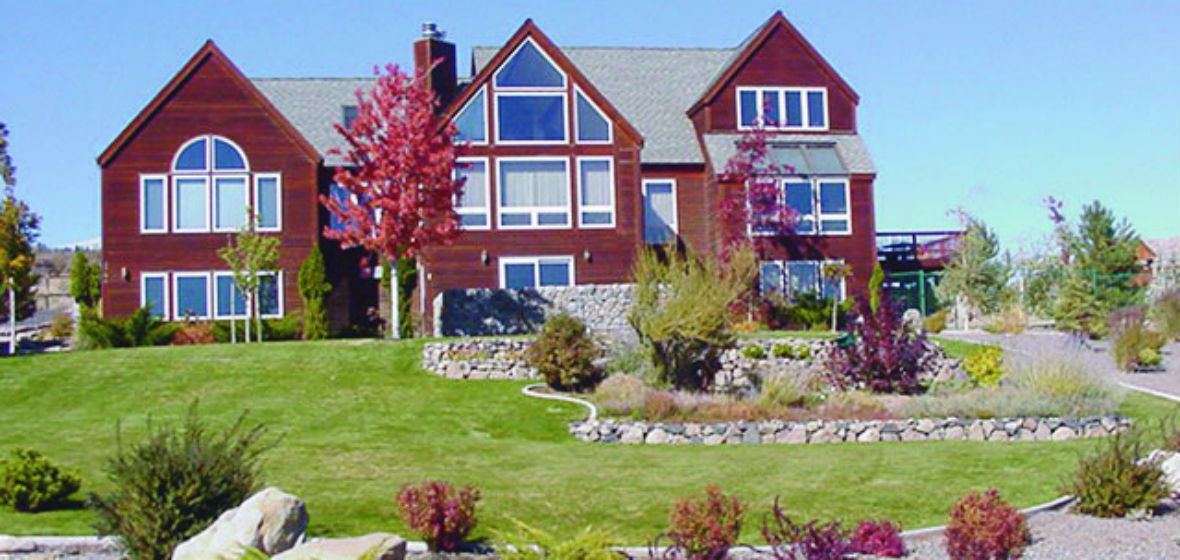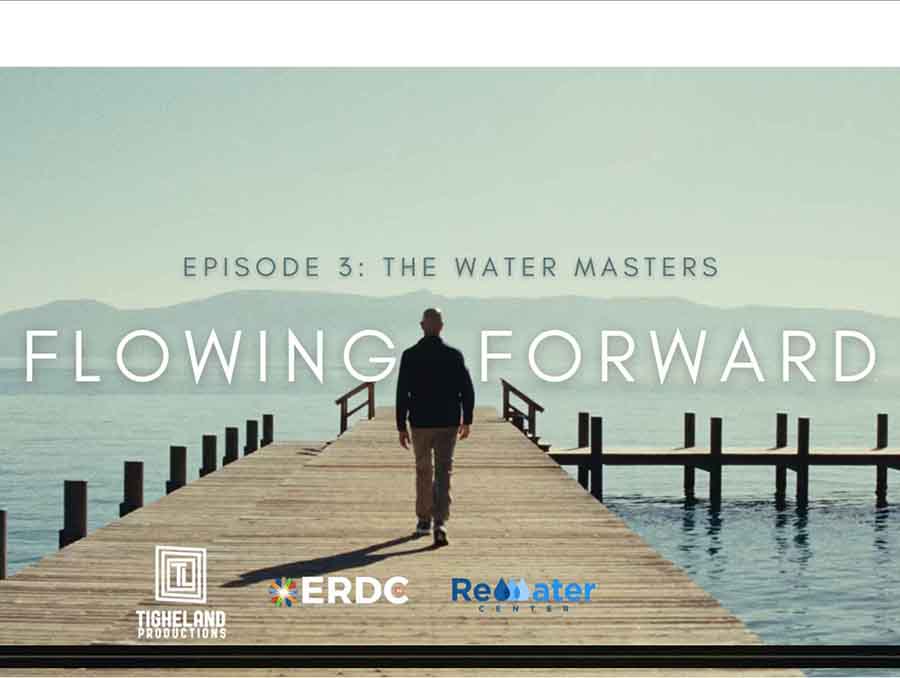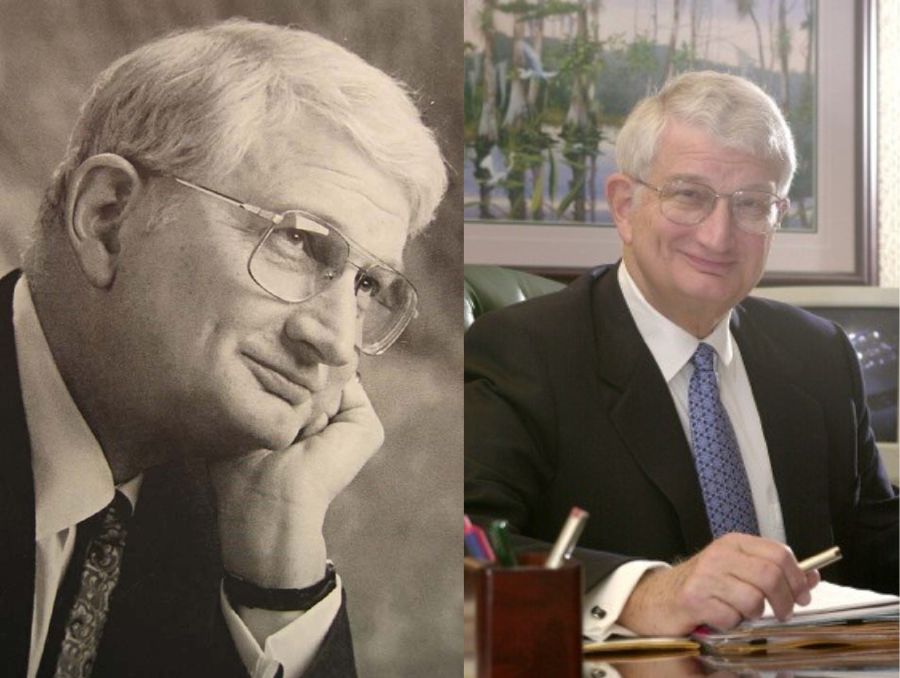University of Nevada Cooperative Extension will hold the Nevada Network of Fire Adapted Communities Fourth Annual Conference 8 a.m. - 5 p.m., March 12, at the Atlantis Casino Resort Spa, 3800 S. Virginia St. in Reno. Registration is almost full, but a few spots are still available. Participants represent the many stakeholders in Nevada's wildland-urban interface fire issue, including members of wildfire-prone communities; local fire service representatives; local, state and federal agencies; and Community Emergency Response Team volunteers from Carson City, Douglas and Washoe Counties. The conference is free to the public, but attendees must register by March 5.
"At this year's conference, we will discuss how to plan and complete or update a Community Wildfire Protection Plan, which can serve as a roadmap for completing projects to better prepare a community and its residents for wildfire," said Natural Resource Specialist Ed Smith, Living With Fire Program director.
The Nevada Network of Fire Adapted Communities began as part of Cooperative Extension's Living With Fire Program, founded in 1997 to teach homeowners how to live more safely in Nevada's high wildfire-hazard environments. The goal of The Network is to connect interested community members with the resources and partners they need so they can reduce their wildfire threat, be better prepared to evacuate when a wildfire occurs, and ultimately work toward becoming fire adapted. During this year's conference, The Network will be transferred from Cooperative Extension to the Nevada Division of Forestry with oversight by the Nevada Fire Board.
"We are excited to see this transition become finalized, advancing the mission of The Network," said Smith.
A continental breakfast, lunch, refreshments and conference materials will be provided. For more information or to register, visit the Living With Fire website or call Jamie Roice-Gomes, Living With Fire Program manager and outreach coordinator, at 775-336-0261.
The conference is made possible by funding from a Community Assistance Agreement with the Bureau of Land Management Nevada State Office, and through a State Fire Assistance Grant from the Nevada Division of Forestry and the U.S. Forest Service. Additional support was provided by a Good Neighbor Citizenship Company Grant from State Farm Insurance.











